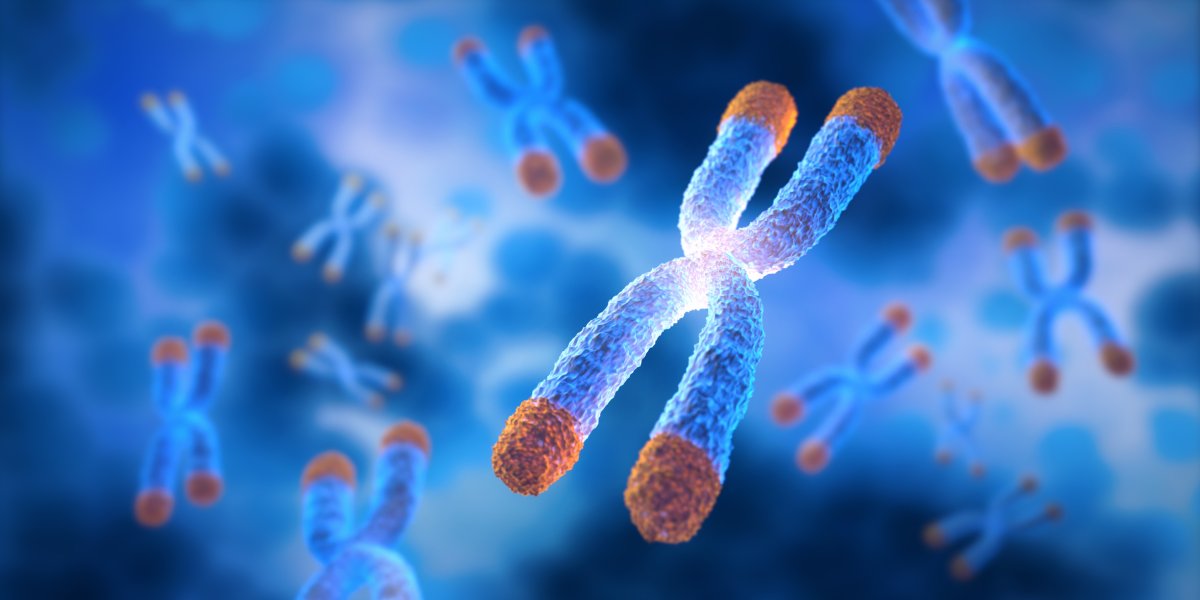Eighteen-month-old Opal Sandy was born completely deaf due to a rare congenital defect. No matter how loud or close a sound, she did not respond. Today, Opal's able to hear — unaided — after receiving a single dose of a groundbreaking gene therapy as part of an ongoing clinical trial.
Opal, whose family lives in Oxfordshire outside London, became the first patient in the UK—and the youngest in the world—to receive an injection of a gene intended to repair the defect that made her deaf. She began responding to sounds within three weeks of the injection, and nearly six months later, she has functional hearing in her treated right ear and no longer requires the use of a cochlear implant in her left.

Baby Opal, with her strawberry-blonde hair and blue eyes, now recognizes her parents' voices and responds with words like "Dada" and "bye-bye" — just like any other kid her age.
When her mom asks for a kiss, Opal turns her head and presents her with a rosy cheek.
"When Opal first heard us clapping unaided, it was mind-blowing. We were overjoyed when the clinical team confirmed at 24 weeks that she was also picking up softer sounds and speech," said Jo Sandy, Opal's mother.
"They described her hearing as 'near normal,' and everyone was thrilled with such amazing results," she added.
Opal was born with a condition called auditory neuropathy, a rare genetic defect caused by disruptions in nerve impulses from the inner ear to the brain. This condition is linked to a mutation in the OTOF gene, which impairs the production of the otoferlin protein, crucial for communication between the sensory cells of the inner ear and the auditory nerve. Without the protein, pulses are translated into electric signals but don't make to the brain.

Children with a mutation in the OTOF gene often pass newborn screenings, meaning this type of hearing loss is typically not detected until later.
The clinical trial, named CHORD and sponsored by the American biotech company Regeneron, began a year ago. It aims to determine whether cutting-edge gene therapies can restore hearing in children with the same condition that has afflicted Opal.
The trial outcomes so far have been nothing short of extraordinary.
"These results are spectacular and exceeded my expectations," said Professor Manohar Bance, an ear surgeon at Cambridge University Hospitals NHS Foundation Trust and lead on the trial.
Gene therapies like the one sponsored by Regeneron have long been anticipated as potential game-changers for people with hearing defects.
In a press release published by Cambridge to coincide with Opal's story being presented at a medical conference this week, Bance expressed excitement that the biotechnology is finally becoming a reality, potentially marking the beginning of a new era for gene therapies targeting the inner ear and various types of hearing loss that, until now, have largely been treated via invasive cochlear implants.
How does the therapy work?

The CHORD trial, currently enrolling infants and children in the U.S., UK and Spain, is assessing the safety and efficacy of the gene therapy, according to a press release from Regeneron.
The therapy, known as DB-OTO, involves a one-time injection into the inner ear that delivers a correct copy of the defective gene. In Opal's case, she received an infusion containing a harmless virus that carried a functional copy of the OTOF gene, delivered via injection into the inner ear during surgery under general anesthesia.
The method is seen as a promising alternative to traditional hearing aids and cochlear implants, which only amplify sounds and do not address underlying genetic issues.

"It was our ultimate goal for Opal to hear all the speech sounds. It's already making a difference to our day-to-day lives, like at bath-time or swimming, when Opal can't wear her cochlear implant," said James Sany, Opal's father.
Opal's 24-week results, along with other scientific data from the CHORD trial, are being presented at the American Society of Gene and Cell Therapy (ASGC) conference in Baltimore this week.
"The results are jaw-droppingly good, just shockingly impressive. They exceeded the wildest expectations of everyone involved in this work," said Larry Lustig, an otolaryngologist at Columbia University and an investigator on the study, during the case presentation at the ASGC conference.
Hearing loss affects about 1.5 billion people, while congenital deafness—hearing loss present at birth—affects approximately 1.7 out of every 1,000 children born in the U.S. The OTOF-related deafness experienced by Opal is exceedingly rare, affecting just 200,000 people worldwide.
"Many families will welcome these developments, and we look forward to learning about the long-term outcomes for the children treated," said Martin McLean, Senior Policy Advisor at the National Deaf Children's Society.
"This trial will teach us more about the effectiveness of gene therapy in those cases where deafness has a specific genetic cause."
Uncommon Knowledge
Newsweek is committed to challenging conventional wisdom and finding connections in the search for common ground.
Newsweek is committed to challenging conventional wisdom and finding connections in the search for common ground.
About the writer
Jesus is a Newsweek Live News Reporter based in New York. Originally from Bogotá, Colombia, his focus is reporting on ... Read more





